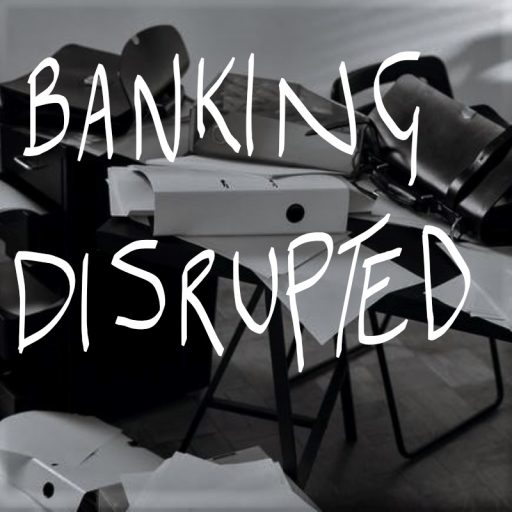The global pandemic has undoubtedly created economic pressure across all sectors, and the full impact of COVID on various economies is still unclear. The climate almost feels like 2008 “the sequel”, but with far-reaching implications beyond financial services. Significant shock waves are expected across the employment sector, the housing market, retail, governmental fiscal policy, global supply chains, manufacturing, travel & entertainment, to name a few. All these challenges will naturally affect consumers in multiple ways, and in some cases, when challenges in employment or income go in the wrong direction, this can result in financial vulnerability on a scale not seen previously.
Additionally, businesses also come under threat as changes in consumer behaviour favouring remote purchasing and shaky economic confidence make focus on survival front and centre of the agenda. So many retailers had to rethink their operating models as spending trends look “stickier” than previously expected.
According to Davy Law, data from the Institute of Public Policy Research shows that “ an estimated 600,000 employers are at potential risk of bankruptcy without further financial support. Around 900,000 small businesses are also in danger of failing by early April according to the London School of Economics. It’s feared that once business support schemes end – which is inevitable at some point – the rug will be pulled out from many businesses and trigger a wave of closures and job cuts. The furlough scheme has just been extended once again to 30th September 2021, but at an estimated cost to the Treasury of £50 billion so far, to what extent are we prolonging the inevitable?”
Considering these challenges, what should credit risk professionals be thinking about when it comes to protecting banks from some of these adverse trends across the retail consumer market and b2b banking segments?
- Increased incidence of delinquency across the consumer banking portfolio necessitates a rethink around how data should be used to support vulnerable customers proactively. An overhaul of existing Early Warning Indicators can help support banking clients in monitoring their expected incomings and outgoings and reviewing options for debt consolidation. This approach requires building out a single view of the customer, based on all of their historical financial data, as well as looking at other third-party data sources (social, bureau, Open Banking etc.) to create a richer “predictive analytics” capability. Having all of this information aggregation can help develop a number of remediation approaches, as well as giving consumers support and avoiding bad debt or a hand-off to collections.
- All leading indicators suggest that there is likely to be a spike in non-performing loans across the consumer and b2b segment (business banking, commercial banking, and corporate banking). This also comes into sharp focus as furlough schemes end, COVID bounceback loans require repayment, and mortgage payment holidays come to an end. As a result, more proactive measures need to be implemented to ensure that working capital, cash flow, risk concentration, and “leverage” are monitored more regularly to help clients manage their overall credit line. Of course, mitigation strategies will vary between consumer segments, SMEs and larger corporates. Still, the principle of industrialising the process of tracking KPIs is vital to protecting the banks’ financial position and supporting customers with more options to trade out of a crisis or switch instruments to help better manage their financial health.
- Scaling and automating the operational risk organisation is key to managing some of the strategies discussed above, and these can be executed more efficiently through embracing AI, helping to alleviate the balance sheet and P&L burden for any bank. The mechanisms needed to manage consumer and business credit risk must keep pace with the overall market environment. Using emerging technology to help operationalise the effort is now critical. The level of monitoring needed to safeguard banks, consumers, and businesses cannot be achieved with existing people-centric monitoring systems.
In addition to increased levels of proactive portfolio and transaction monitoring, the level of sophistication in supporting consumers and businesses also needs to improve. Previous blunt instruments like pricing changes, penalty fees, or more extreme examples of account closure if consumers started facing hardship in making payments or business struggled with lending commitments will not pay dividends in this environment as the challenges are pan-sector and vast. These post-event interventions do not help bad debt, bank provisioning or collections, and only damage a consumer’s credit score or a business credit rating. These approaches cannot be sensible as we enter a higher defaulting post-pandemic cycle.
Many emerging platforms help manage these risks, but there is one common thread amongst all of them: the use of AI. Using AI and broad data sets outside of transactional data can help identify vulnerable consumers and businesses a lot earlier through a predictive model. Using this approach allows more strategies to be proactively presented to potential defaulters and help them “get ahead of the bad debt”. However, for these technologies to be able to add value, underlying risk management rules, procedures and policies need to change appropriately to make room for automation.




